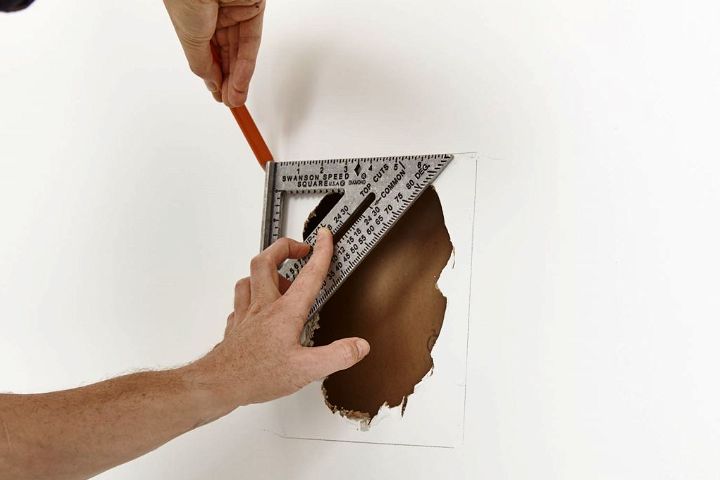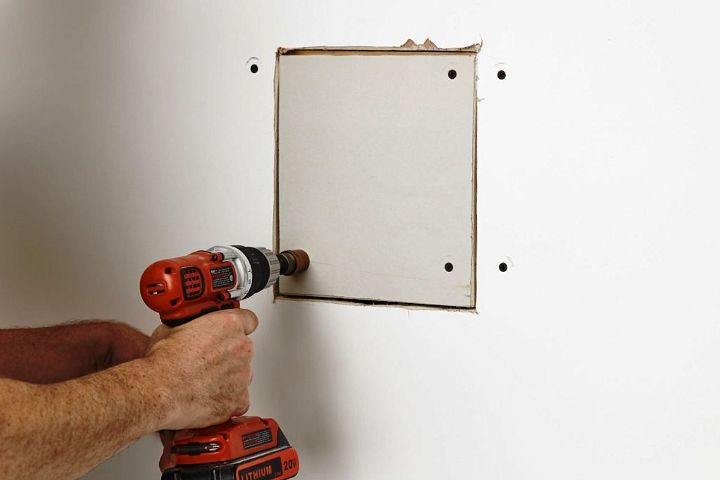Though it’s used for walls in the majority of homes today, drywall can be easily damaged. The damage often results from holes from nails or screws, something bumping into the wall, or water damage from a leak. When any damage does happen, it’s a good idea to know how to fix it properly to get the repair to match the rest of the wall. Those in apartments may be able to repair the damage so they can get their deposit back, while homeowners may repair the damage to keep the house in good shape for many more years to come.

Inspection of Damaged Area
Before doing drywall repair Mesa, it’s a good idea to inspect the damage and determine what repairs are needed. The inspection helps to determine which type of repair is needed as well as make sure there is no water behind the wall to cause further damage, no mold growth behind the wall, and no electrical or plumbing components that could get in the way of larger repairs. As long as it’s safe to do so and there is nothing in the way of the repair, it’s possible to fix the drywall.

Tiny Damage Repair Process
Tiny damage often comes from nail or screw holes in the wall. Someone may have drilled the wrong spot looking for a stud, or there may have been screws in the wall for something that has since been taken down. Tiny repairs are the easiest, as they only require a putty knife and drywall spackle. Use the putty knife to spread a small amount of spackle over the hole, then wipe away the excess. Let this dry, then sand if needed to make sure the repair is flush with the rest of the wall.
Small Damage Repair Process
Small damage can occur if something hits the wall. If the damage is larger than a quarter but no more than a few inches in diameter, extra support will be needed to cover the hole with the spackle. For small drywall damage, start by applying drywall mesh tape over the hole. Self-adhesive mesh is often used because it’s easier to apply. Once this is done, the mesh should be covered by drywall spackle. After the drywall spackle is dry, it can be sanded, texture can be added as needed, and it can be painted to match the rest of the wall.

Large Damage Repair Process
Larger damage can be a little more complex to repair, but it may be needed if something hits the wall or water damage impacts the drywall. For larger damage, it’s often necessary to cut a patch out of a new piece of drywall. Cut out a square section from the wall, then match this with a square piece of new drywall. Screw scrap wood inside the opening to provide somewhere for the new drywall to attach, then screw the new drywall in place. Spackle can then be used to cover the seam between the old and new drywall. Sand, then texture and paint as needed.

Damage to the drywall in a home will need to be fixed, but it’s not always an easy process. Though most homeowners have filled tiny damage on their own before, small and large damage is often more difficult to do correctly, especially if the walls are textured. Instead, for a flawless repair that is hard to detect once everything is dry, contact drywall repair experts for assistance.




